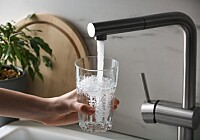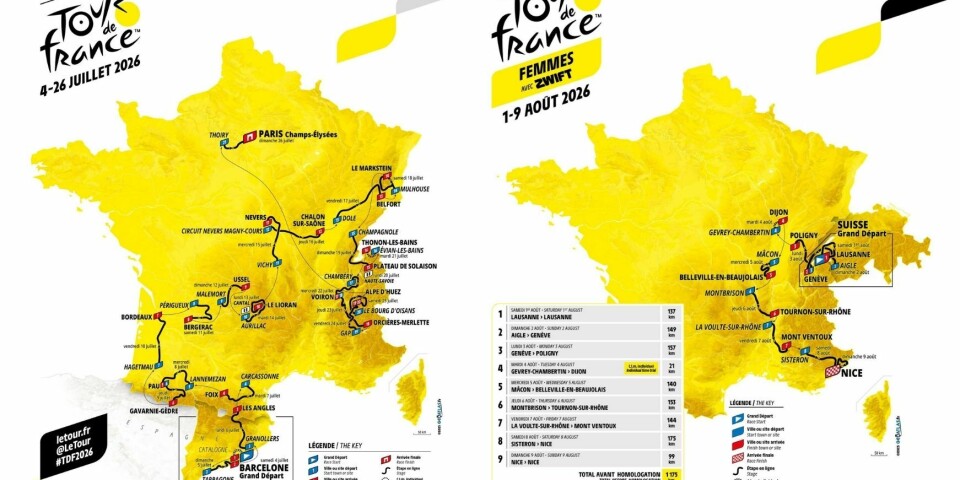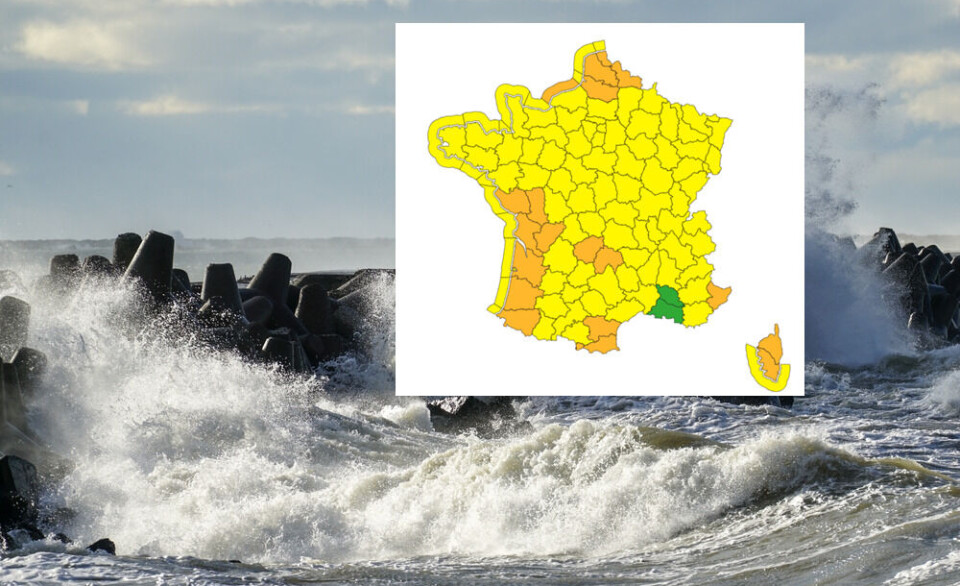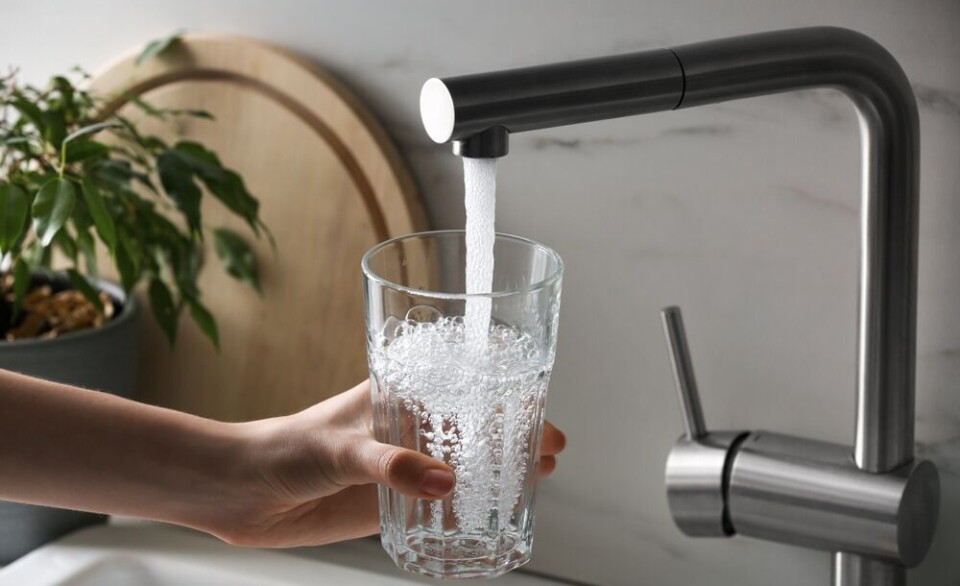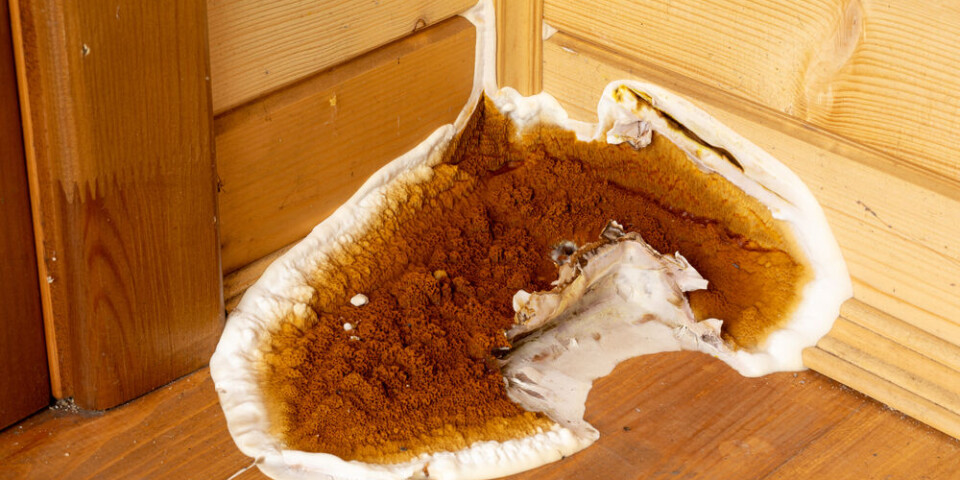How not to solve a plumbing problem in France
Columnist Nick Inman finds a plethora of challenges when he takes on a simple plumbing job
It’s easier than you might think to forget the rules of plumbing, for instance making sure you have the right items
Nick Inman
One of the variants of Murphy’s law (anything that can go wrong will go wrong) is that the smallest, simplest jobs take the longest time and become complicated out of all proportion.
Our filter for delivering drinking water developed a couple of cracks last year. I decided to switch systems.
This would, I assumed, require only a slight modification of pipework under the kitchen sink.
That is not as easy as it sounds. The space under the sink in our ageing kitchen is the most uncomfortable place I have ever had to work.
To access the pipes, I have to lie on my back and work upside down with my neck pressing against a piece of wood.
I could only get one hand in at a time, which made it difficult to tighten one nut against another.
Sometimes I had to choose whether I could get a hand or a pipe in, or actually see what I was doing.
My wife tells me when I have my head in this man-cave, I utter expletives of the English language that she has never heard before.
However, the work had to be done. The plan was to keep the drinking water tap I had bought with the previous system and connect it to a new filter.
Conversion issues
I took out the old filter, leaving the tap in place, took measurements, launched into the work, crawled into the hole, started connecting everything up – and realised that something was wrong. I had not got the right adapter to go from the new filter’s three eighths of an inch (9.5mm) outlet hose to the tap, which had a 10mm diameter male thread.
When I asked the local plumbing supplies shop for the right piece, they told me they had never heard of such a size.
After a month spent trying to solve an unsolvable problem, I realised that I should have bought a new tap along with the filter, but it was too late for that. The only thing to do was remove the redundant tap and fit a new one, bought online, which had a standard sized thread.
The next task was to rig up a piece of new pipe from the mains to the filter, with a branch feeding the kitchen tap. This should have been child’s play. I do not know where this scheme ended up going so wrong.
I thought the easiest approach would be to assemble fittings that tightened with a spanner. It looked good but several leaks spouted and immovable nuts moved about.
Safer, I thought, to do it with solder. Do it right once and there would be no moving parts to worry about.
I seemed to make endless trips to DIY shops to get the right pieces before I made a first attempt, which ended in a mess of unstuck joints. I had forgotten the rules of plumbing.
Finally, I soldered a beautiful piece of intermediary pipe and put it into place, winding Teflon tape on the threads and tightening all the relevant nuts.
Not over yet
The connection with the new tap dripped. I had forgotten to fit a washer. Easily fixed. I corrected that mistake and once again opened the stop tap.
As if to spite me, one of the new soldered joints waited for a few hours and then started weeping. I dismantled everything and tried to loosen the faulty joint so I could re-solder it – but it would not come apart. All I did was make the joint more fragile.
The lesson from all this – if you have not got it by now – is to buy the right thing the first time.
I could have saved myself weeks of anguish. Regret, though, was not going to solve the problem.
With the house water cut off, and a gap in my plumbing system that urgently needed to be bridged, I was in need of a new solution. There was only one thing left to try: join the modern world and embrace the virtues of plastic, which I will tell you about next time.


